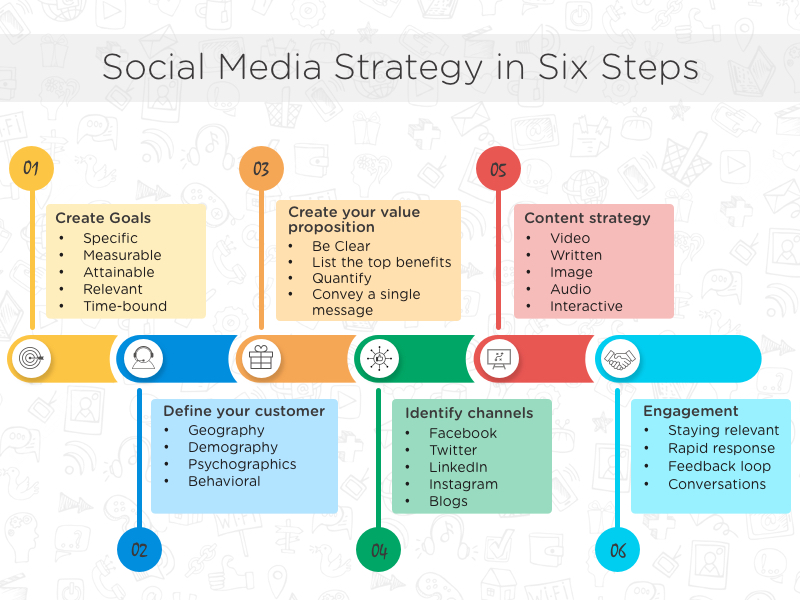Nailing social media in six steps – StartupSmart
Social media can be loads of fun and is a very effective way to communicate with your community of supporters. Here are six steps to help you nail it.
1. Decide on your buyer personas
By definition, social media is social. You’re communicating with real people who just happen to be on their smartphone or at their computer rather than literally in front of you.
Since talking to a brick wall, or a computer screen is no fun, the first thing to do is picture who you are chatting with. This person is your buyer persona. Picture your ideal customer – what does she do, what makes her tick, what problems does she face and what is her name?
For example, my buyer persona is Nicola.
Nicola is a marketing manager who is trying to implement her web strategy. She has an interested CEO and a supportive IT team. The organisation is fun, organised and everyone is keen to learn. Nicola is a 30-something mum who works four days per week and loves the company of her young family and her girlfriends.
2. Dream up content ideas
Now that you can picture Nicola or whoever your buyer persona is, think about what challenges she faces and how you can help her solve her problems.
“Nicola” may like to learn tips for using social media, discover blogging secrets or learn how to set up a Google+ page.
The more content ideas you can come up, the better. Your job then, is to take these content ideas and start publishing them on the web.
Some popular publishing formats include writing eBooks, recording interviews, writing blog articles and inviting guest bloggers. You may have heard that “content is king!”
3. Choose your social media tools
Author Gary Vaynerchuk extended the saying to “content is king and marketing is queen – and the queen rules the household”.
Remarkable content with no marketing is like locking Shakespeare in a room to write for himself! In other words, your content is only valuable if people can access and share it. That’s where your social media channels fit in.
You don’t need to be active on all the different forms of social media, after all there are hundreds, but using Facebook, Twitter and a blog is a great place to start. Use these tools to share your content with the world.
4. Monitor what’s being said
Wouldn’t it be nice to know when people are talking about you online? Well Google Alerts will actually tell you.
Type in your name, your company and your product names and you’ll be sent a notification every time those phrases get mentioned online. Of course, knowing what people are actually saying about you is very confronting, especially when it’s negative, but at least you know and can respond appropriately.
5. What to do in a crisis
Negative comments are never fun, but what about what happens in a social media crisis? Who’s going to respond? How quickly are you going to respond? And who’s responsible?
Last week Qantas has had a Twitter crisis erupt. They launched what they intended to be a competition using the #QantasLuxury hashtag. Qantas hoped people would tweet about their dream luxury in-flight experience but most chose to tweet a heap of sarcastic comments relating to Qantas’ recent aircraft groundings.
You never want a crisis, but always be prepared. Learn from other people’s mistakes and never delete negative comments, it will only add fuel to the fire!
6. Set up a legal framework
It’s important to remember that if you have a legal framework for your organisation, then it’s much easier to train your colleagues and staff and for them to know how best to use social media.
While it’s always advisable to get lawyers to draft a legally binding policy, start-ups may prefer to get started with use our simple, editable social media guidelines template. It’s a free download and you can choose to use a conservative, moderate or unrestricted version.

